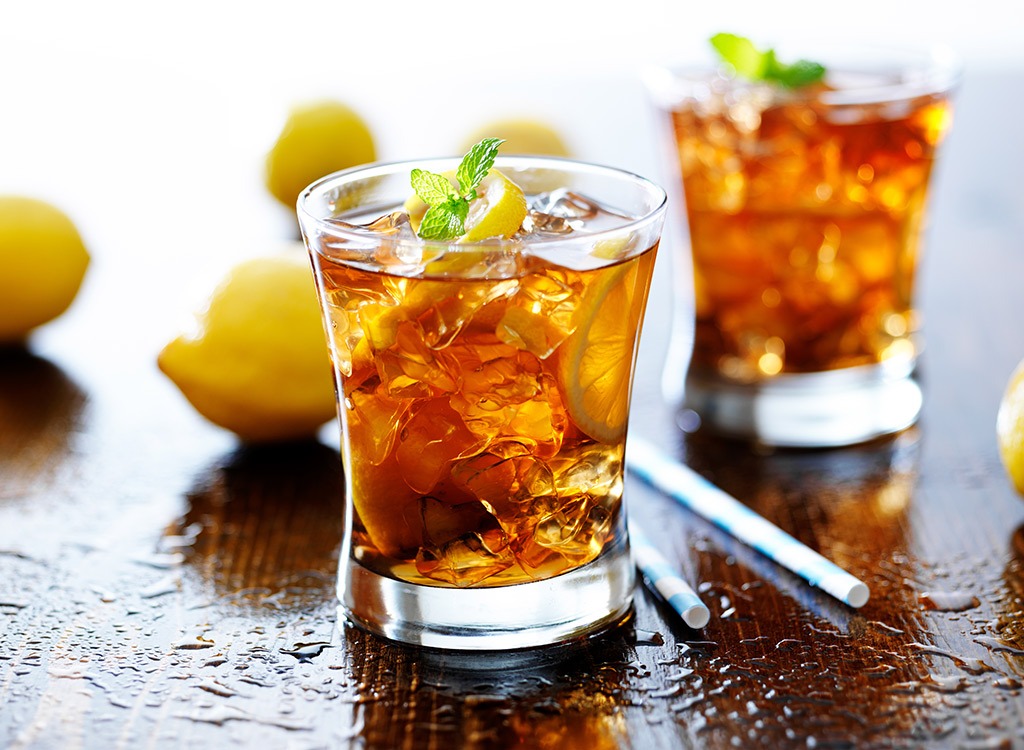How to Lose Weight with Iced Tea

Iced tea is a great way to enjoy these benefits during the hot summer months. However, there are a few basics you need to know to reap the maximum rewards from your tea drinking, compliments of our new e-book, The 7-Day Flat-Belly Tea Cleanse.
Make Your Own Iced Tea
If you’re a Snapple fan, you probably saw “Iced Tea” and thought, Great! But bottled teas aren’t necessarily the answer. First, once a tea is made and sits on a supermarket shelf for, oh, an entire NFL season, the nutrients have spent enough time exposed to light and air that they begin to break down. Plus, who knows what else has worked its way into that bottle? Snapple’s All Natural Green Tea packs 120 calories and 30 grams of sugar, while Ssips Green Tea with Honey & Ginseng is sweetened not so much with honey but with high fructose corn syrup.
A few years back, the authors of Eat This, Not That! commissioned ChromaDex laboratories to analyze 14 different bottled green teas for their levels of disease-fighting catechins. While Honest Tea Honey Green Tea topped the charts with an impressive 215 milligrams of total catechins, some products weren’t even in the game. For instance, Republic of Tea Pomegranate Green Tea had only 8 milligrams, and Ito En Teas’ Tea Lemongrass Green had just 28 milligrams, despite implying on its label that the product is packed with antioxidants. Why the discrepancy? The fact is, store-bought teas typically lose 20 percent of EGCG/catechin content during the bottling process, which is why brewing your own is so critical. If you really want bottled tea then shoot for versions with an acid like lemon juice or citric acid, which help stabilize EGCG levels. Recent studies show that the more acidic the environment, the more stable the tea’s nutrients. But even in a highly acidic drink, more than half of the nutrients are gone within 3 months.
Sun Tease
When summer comes, traditionalists like to create “sun tea,” a cold-brewing method that involves setting a clear pitcher of cold water on a windowsill with four to six tea bags inside and allowing the power of the sun to draw the flavor and nutrients out of the tea bags over the course of an afternoon. Not having to light a stove or fill the kitchen with steam during a sweltering summer’s day makes a lot of sense, and the mellower flavor is often preferred for unsweetened iced teas. But according to a study in Journal of Food Processing and Preservation, cold-water brewing is not as effective at extracting catechins (or caffeine) from tea leaves. Another study in Food Science and Technology found that total catechins were about 16 percent lower in cold-brewed teas than in those made with hot water. If this hot summer method still appeals, feel free, but be aware that you may be enjoying a drink that’s not as impactful as your standard tea drink.








